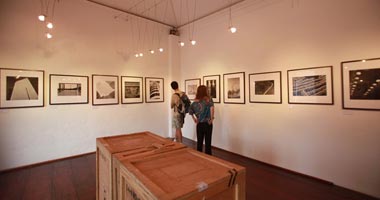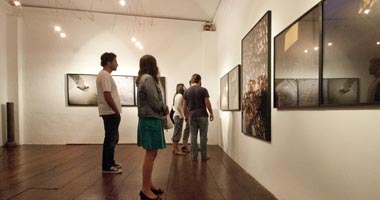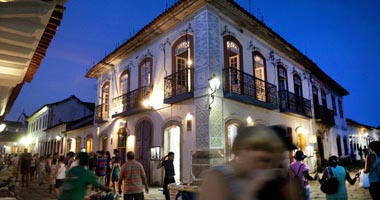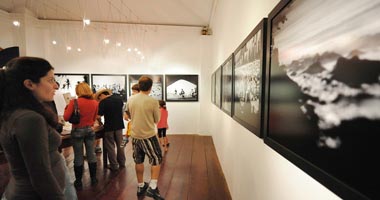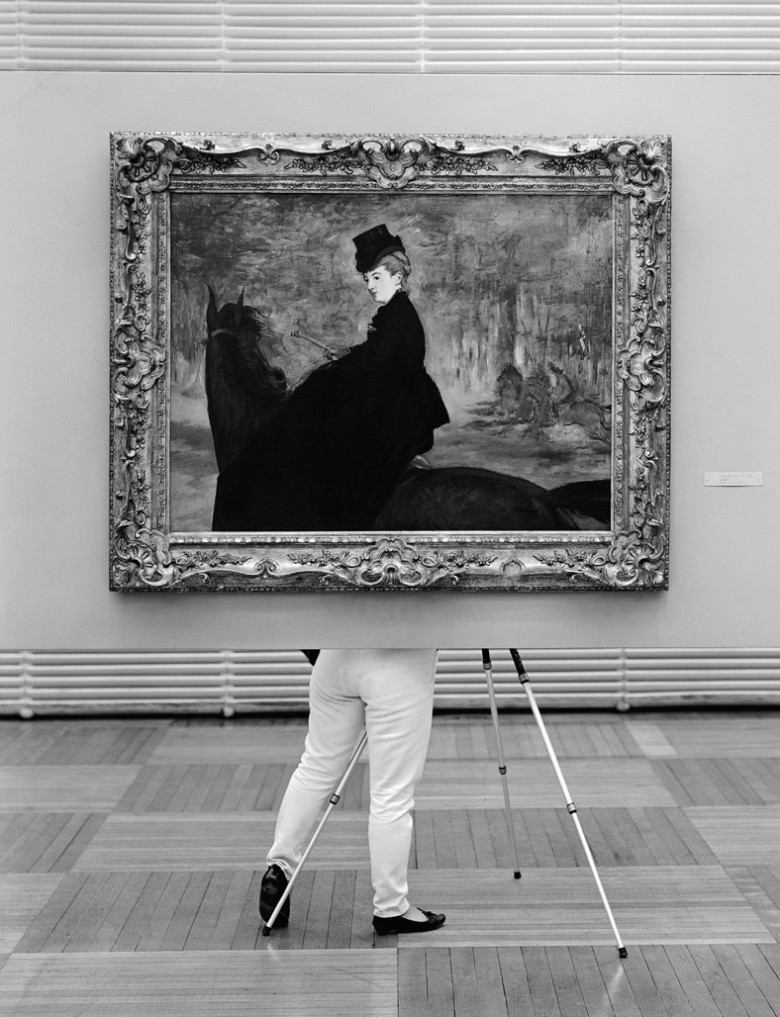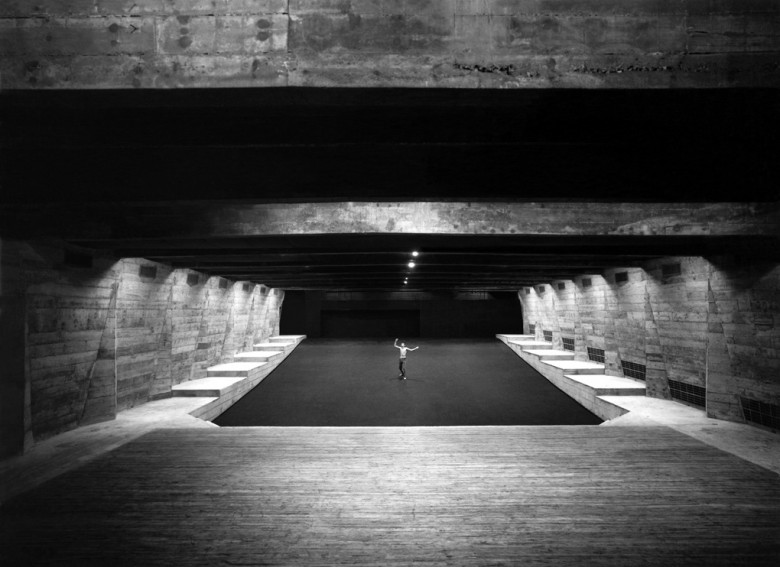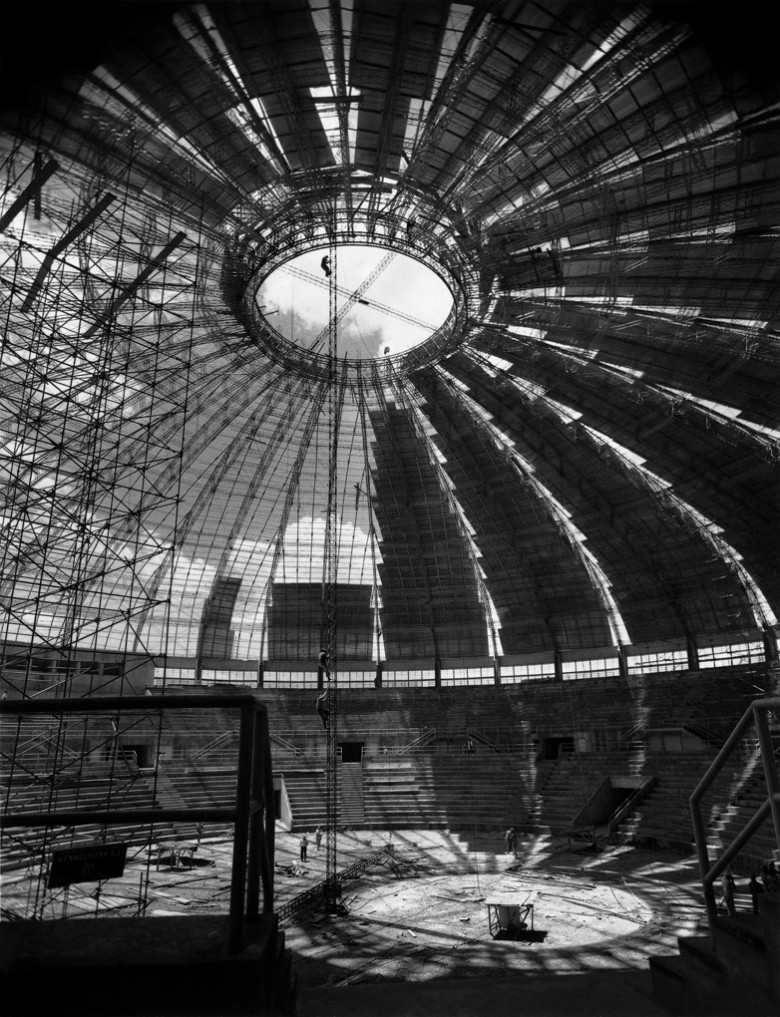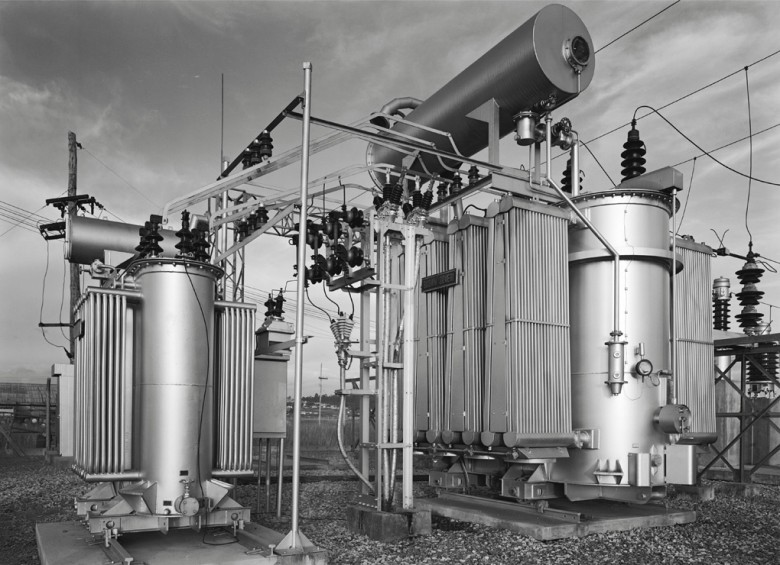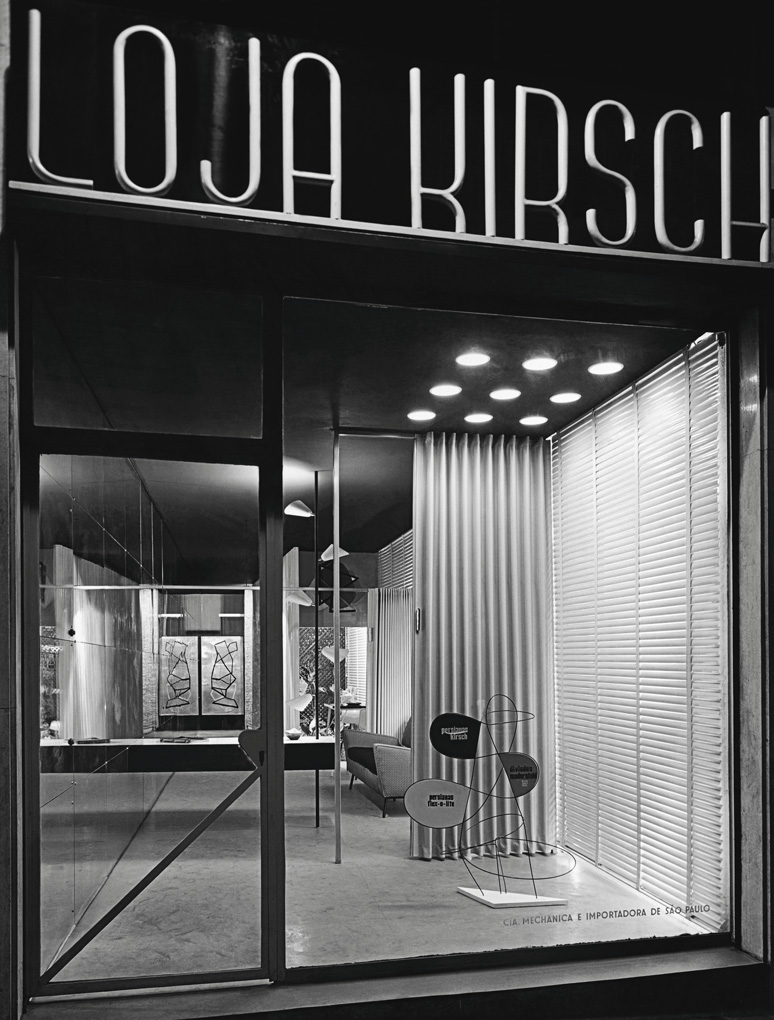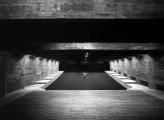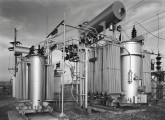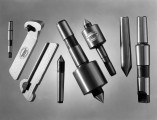30 Exposição:
FLIEG: FOTÓGRAFO
CURADORIA DE SÉRGIO BURGI IMS
DE 26 DE DEZEMBRO A 10 DE DEZEMBRO DE 2012
Hans Gunter Flieg registrou por 40 anos o desenvolvimento industrial brasileiro, além de ter documentado o design, a arquitetura e a publicidade no país entre os anos de 1940 e 1980. Fotografou para grandes agências de publicidade do período, como a Standard e a Thompson, participando também do 1º Salão Nacional de Propaganda, realizado no Museu de Arte de São Paulo em 1950. No ano seguinte atuou como fotógrafo oficial da primeira Bienal de Arte de São Paulo, realizada no Museu de Arte Moderna de São Paulo.
Otrabalho de Flieg desenvolve-se fortemente influenciado pela modernidade européia do pós-guerra, aliando o domínio na elaboração formal da imagem fotográfica a um absoluto controle da iluminação, da exposição e do processamento da película. “Estas imagens extremamente elaboradas nos direcionam, por um lado, para o universo imagético já designado como o do ‘êxtase das coisas’, onde a fotografia posiciona-se como a ferramenta para o registro e a visualização dos objetos da sociedade industrial e para sua subsequente circulação e comercialização através dos novos canais da publicidade e propaganda, que incorporam maciçamente a fotografia em peças publicitárias a partir, principalmente, dos anos 1950”, explica o curador Sergio Burgi.
Por outro lado, dentro de uma perspectiva como aquela colocada pela escola alemã da “Nova Objetividade”, retomada nos anos 1950 e 1960 no registro fotográfico seriado da sociedade industrial produzido pelo casal Bernd e Hilla Becher, a fotografia de Flieg, em função de seu alto rigor formal, permite igualmente que estruturas industriais, registradas de maneira objetiva e direta, conduzam a imagens de forte viés abstrato, ampliando e atualizando assim a relevância de sua produção fotográfica no âmbito da fotografia artística moderna e contemporânea realizada no Brasil.
Nascido em Chemnitz, Alemanha, em 1923, mudou-se para São Paulo em 1939 com sua família. Deixou para trás uma Alemanha cujo governo havia revelado sua face mais obscura a partir da Noite dos Cristais, de novembro de 1938, quando estabelecimentos comerciais e casas de família de origem judia, como a de Flieg, foram covardemente atacados por partidários do nacional-socialismo, num crescendo de ações que, menos de um ano depois, com a invasão da Polônia em setembro de 1939, dariam início à Segunda Guerra Mundial.
Tendo começado a fotografar na adolescência e feito um curso especializado com Grete Karplus, no Museu Judaico de Berlim, Flieg trazia na bagagem ao chegar no Brasil alguns equipamentos Leica e uma câmera Linhof, além de livros sobre fotografia e exemplares da revista Life, uma de suas fontes de inspiração. Em 1945, estabeleceu-se como fotógrafo profissional em São Paulo, produzindo imagens comissionadas por grandes empresas, sem, no entanto, limitar sua abordagem e investigação estética no campo da fotografia. Fotografa para o catálogo da Indústria Cristais Prado em 1947, e no ano seguinte faz o primeiro calendário fotográfico anual da Pirelli. Sua atividade como fotojornalista foi bissexta, com trabalhos em sua maioria para o jornal O Estado de S. Paulo. Em 1971, trabalhou também para o Unicef, realizando imagens de arte e folclore populares. Uma das exposições mais completas de sua obra foi a retrospectiva Hans Gunter Flieg: 40 anos de fotografia, realizada pelo Museu da Imagem e do Som de São Paulo, em 1981. A obra fotográfica completa de Hans Gunter Flieg é composta por mais de 59 mil negativos e fotografias e contém registros fotográficos que se iniciam ainda na Alemanha e se estendem até meados da década de 1980. Em julho de 2006, foi incorporada ao acervo do Instituto Moreira Salles e está, desde então, disponível e aberta para pesquisas e estudos de seus importantes aspectos documentais e estéticos.
